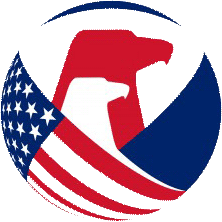Federal law requires that every children's product be tested by a third-party, CPSC-accepted laboratory for compliance with the applicable federal children's product safety requirements. CPSC has accepted more than 600 laboratories worldwide to perform testing for a variety of requirements for children's products. The specific testing required varies based on the product or product class, the intended age audience, consumer use patterns, and the product's material composition. Responsible firms (domestic manufacturer or importer) should pay close attention to these testing requirements and maintain good records to document their compliance.
Begin by reviewing the Initial Certification Testing section below. We've also provided additional guidance about different kinds of testing.
Initial Certification Testing
Nearly all children's products must be third-party tested for compliance with the applicable children’s product safety regulation by a third-party, CPSC-accepted laboratory. Based on passing test results, the responsible firm must then issue a Children's Product Certificate (CPC). A single children’s product may be required to undergo multiple third-party tests to ensure compliance with different regulatory requirements. Because accreditation is rule-specific, not all laboratories can conduct all applicable testing; firms may be required to use more than one laboratory to perform all of the required testing for a particular product. For more information, visit our initial certification testing FAQs.
Component Part Testing
Some third-party tests can be conducted separately on component parts. Responsible firms can either arrange to have the tests conducted or rely on existing test reports or component part certificates from another party, such as a supplier, if they use due care and follow all CPSC regulatory requirements. CPSC also allows for combining various samples in a single test to reduce testing costs; this is known as composite testing. The specifics of conditions and requirements for component part testing (which includes composite testing) are codified at 16 CFR part 1109. For more information, visit our component part testing FAQs.
Material Change Testing
If material changes are made to a children's product after initial certification, the finished product or the component part that was changed must be retested for compliance with those rules affected by the material change. A new CPC must then be issued based on new passing test results. For more information, visit our material change testing FAQs.
Periodic Testing
16 CFR § 1107.21 requires periodic testing for children’s products that are in continuous manufacture. This is in addition to any initial certification and material change testing. For more information, visit our periodic testing FAQs.





